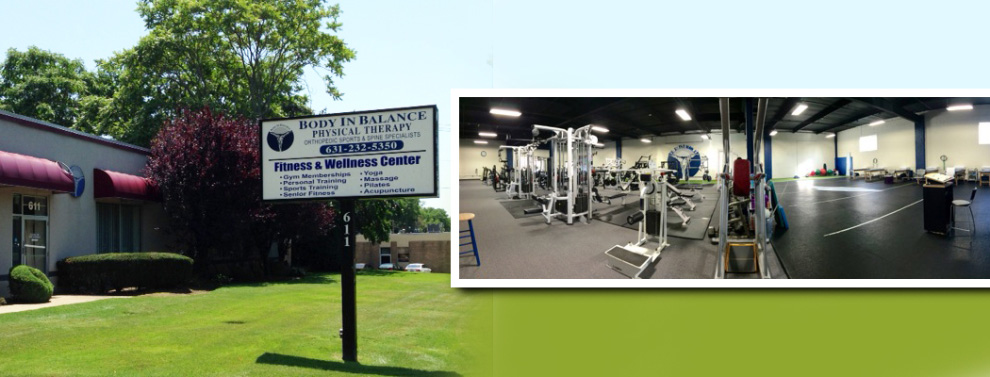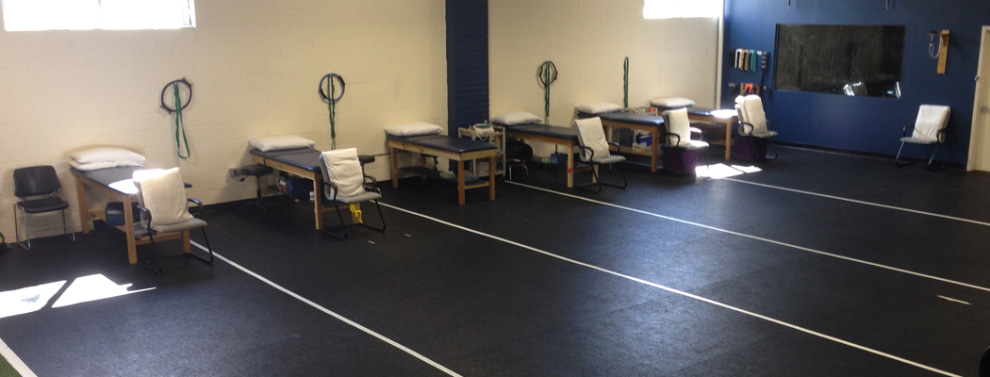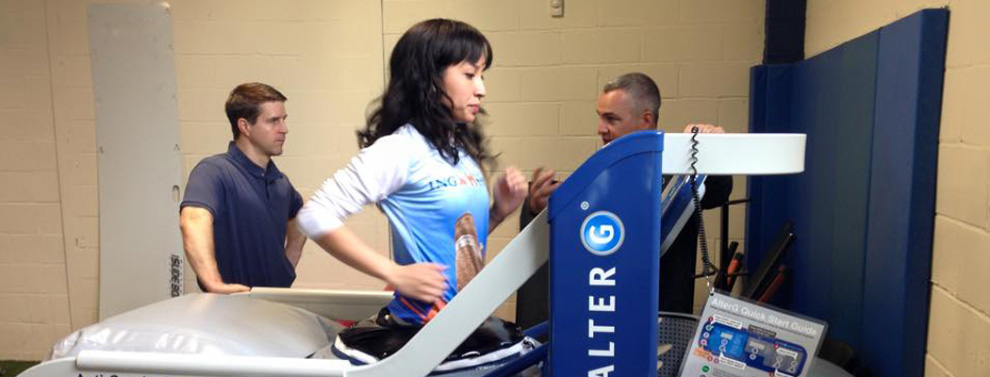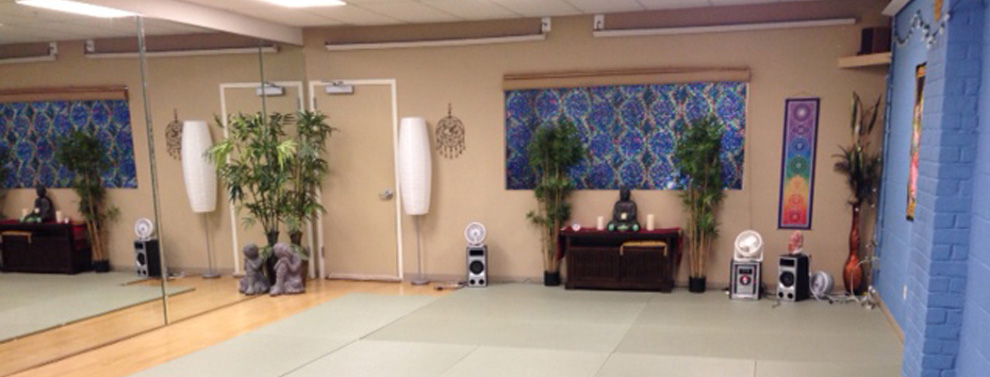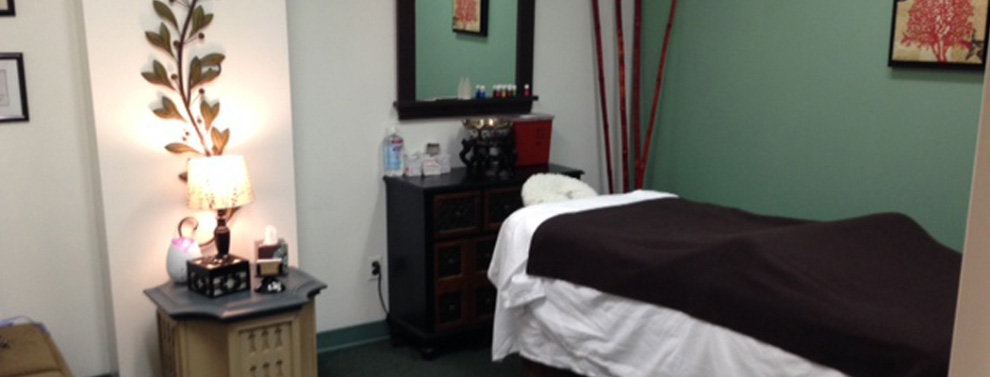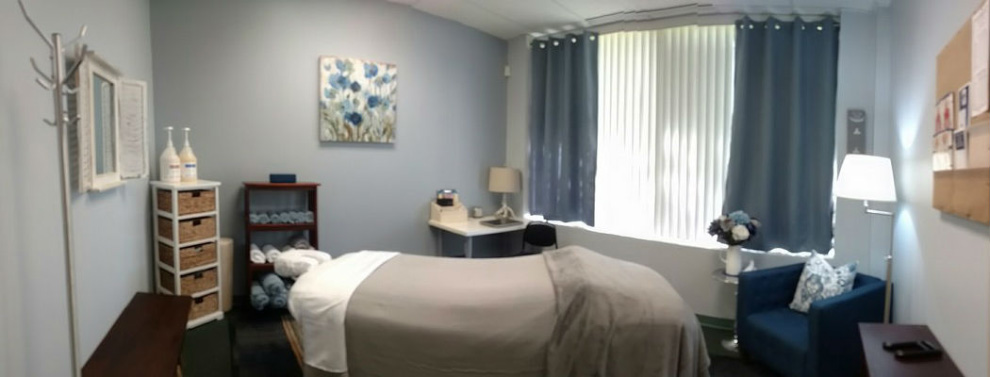Throwing Program
HEALTH AND WELLNESS OF THE THROWING ATHLETE
In any sport injuries can happen, but for the throwing athlete they DON’T have to!
There are thousands of baseball or softball players of all ages experience shoulder or elbow pain at some point during their athletic career. Most of these injuries are ABSOLUTELY PREVENTABLE! To do this you must understand why injuries occur, what is actually happening, and how to react when they do.
 REASONS INJURIES OCCUR:
REASONS INJURIES OCCUR:
- Poor mechanics
- Inability to throw at the correct arm angle
- Trying to overthrow
- Decreased balance through wind-up
- Decreased body awareness
- Poorly coached
- Weakness
- Tightness
- Weak core muscles
- Overuse
- Fatigue will cause mechanics to break down
- 3 months of active rest from a throwing sport every year is recommended
- Learning the wrong pitches at the wrong time
- Little leaguers often do not learn to throw a breaking ball correctly, which can potentially do significant skeletal damage to the shoulder and elbow
- NO breaking pitches until skeletal structure has matured (until they can shave)
MOST COMMON INJURIES:
- Shoulder Impingement-a “rubbing” or “friction” placed on a rotator cuff muscles by another structure in the shoulder girdle. This can potentially cause a tendonitis or even a tear of one of the rotator cuff muscles. Common causes include:
- Weak shoulder blade stabilizers
- Poor mechanics
- Weak rotator cuff muscles
- Poor posture
- Overuse
 “Dead Arm”- ill-defined pain on the outside of the athlete’s throwing arm. Pain is usually defined as dull and deep and there is a common complaint of weakness of “dead arm”. This is usually caused by a compression or “pinching” of a nerve that runs down the athlete’s throwing arm. This dysfunction is often caused by fatigue and overuse and will often improve with rest. If does not decrease with rest the athlete should go see his/her MD or physical therapist.
“Dead Arm”- ill-defined pain on the outside of the athlete’s throwing arm. Pain is usually defined as dull and deep and there is a common complaint of weakness of “dead arm”. This is usually caused by a compression or “pinching” of a nerve that runs down the athlete’s throwing arm. This dysfunction is often caused by fatigue and overuse and will often improve with rest. If does not decrease with rest the athlete should go see his/her MD or physical therapist.- Ulnar Collateral Ligament Injuries- a sprain of varying degrees of the ligament on the inside of the thrower’s elbow. It is most often associated with pain to touch, pain during the early –to-mid stages of throwing, and possible numbness and tingling below the elbow. This injury is most commonly caused by abnormal forces through the elbow created my poor throwing mechanics (Especially with breaking pitches).
RECOGNIZING A PROBLEM:
As an athlete or as a coach the best strategy for avoiding injury is to be able to recognize a problem before it starts. Injuries in a throwing athlete are often caused by poor mechanics that often the result of fatigue. There are often warning signs given to a conscious observer that fatigue is setting in. These include:
- A pitcher rushing through his/her motion
- Shortening the deceleration phase (after the ball is released) of his/her throw
- Taking more time between pitches
- Does not get his/her arm into the normal cocked back position
- Grimacing with each pitch
- Massaging his/her arm
- The athlete does not want to throw between pitching assignments
There are also some obvious physical signs that a problem is present or may be developing. An individual that presents with redness or discoloration at the elbow or shoulder, swelling or tightness, sharp pain, decreased grip strength, or loss of elbow and/or shoulder range of motion should be evaluated by a health professional before continuing with recreational or competitive throwing.
 THE GOOD NEWS….IT CAN BE AVOIDED:
THE GOOD NEWS….IT CAN BE AVOIDED:
Injuries to a throwing athlete are common, but can be avoided. However, they must overuse of the throwing arm is an epidemic. A thrower should have 3 months of active rest from throwing every year. It is important to note that approximately 80% of Hall of Fame Pitchers grew up above the Mason-Dixon Line, where the weather prevented them from throwing all year round. In addition, throwing athletes of all ages should avoid pitching for more than one team during a season.
It is important to realize that throwing a baseball or softball is a full body activity. Consequently, strengthening exercises during the season and off-season should not solely concentrate on the throwing shoulder. Complete body workouts consisting of strengthening, stability training, speed, flexibility, and agility should be implemented.
WE ARE HERE TO HELP!!!
As experts in movement, exercise, and sports rehabilitation we are capable of assisting you any aspect of a throwing athlete’s training or rehabilitation. Our physical therapists will be able to observe a throwing athlete and determine areas of weakness and/or prevent potential problems that could occur. As rehabilitation specialists, we are can also treat and guide you through the healing process should an injury occur along any aspect of a throwing athletes career. If you seek to maximize your potential, avoid injury, or if you need treatment to help you return to your sport please do not hesitate to call our office and speak to one of our physical therapists.
